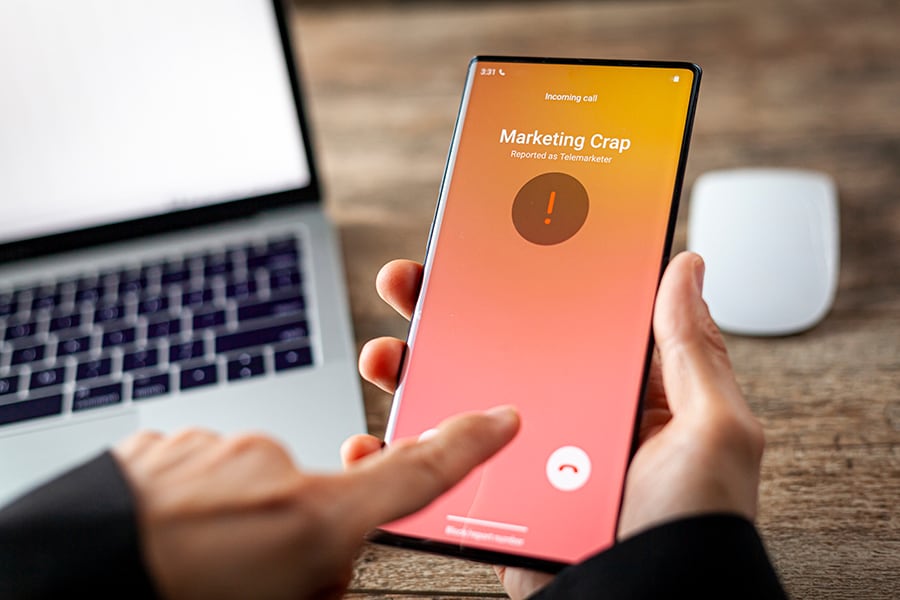
Storyboard18 - What happens when brands become spammers?
Banking, financial services and insurance (BFSI), real estate and telecom are the traditional culprits who have encouraged and sustained bad practices, giving telemarketing a bad name
 A recent study from the company also revealed that 93.5 percent of all spam calls in India were sales or telemarketing calls, as tagged by users. Image: Shutterstock
A recent study from the company also revealed that 93.5 percent of all spam calls in India were sales or telemarketing calls, as tagged by users. Image: Shutterstock
“Hi! @HDFC_Bank, @HDFCBank_Cares, who gave you the right to call my father for my credit card bill? I have been paying the bill in time for months now, how are you going to justify calling my father who is not even a part of my account in anyway. Am I a minor? Is privacy a joke?,” said Aanchal Agarwal (@awwwnchal) on Twitter.
In a series of tweets Agarwal complains about the faulty bank app which is not letting her complete the bill payment and also raises concern about how women customers are being treated by the company. She goes on to write that she has decided to close her account with the bank.
Social media platforms are replete with thousands of similar posts where consumers are often seen tagging companies, complaining about their pathetic service or incessant calls. Unresolved complaints, bad telecom network, dysfunctional payment gateways and aggressive sales pitches are some of the most common consumer concerns.
Thirty-something Aisha Sharma (name changed on request), who recently moved to Mumbai’s plush suburbs tells Storyboard18 that she has been on the receiving end of real estate firm’s Lodha Group’s aggressive sales pitch. Despite informing the telesales executive that she had bought a house she was being pushed to buy a second home. Sharma hung up on the telemarketer and saved that number as ‘Don’t Pick Up – Lodha’.




